As cool as the LifeStraw water filter is, I personally don’t like it one bit. As I ranted about here, there are all sorts of issues with the LifeStraw filter – the main one being that there is no way to collect filtered water and take it with you.
Luckily, there are a lot of great LifeStraw alternatives. All of the water filters below work in a similar way to the LifeStraw, but are much more practical to use when camping, hiking, or backpacking.
Need to learn more about water treatment? See this comparison of the best backpacking water filters and purifiers.
1. Sawyer Mini Water Filter
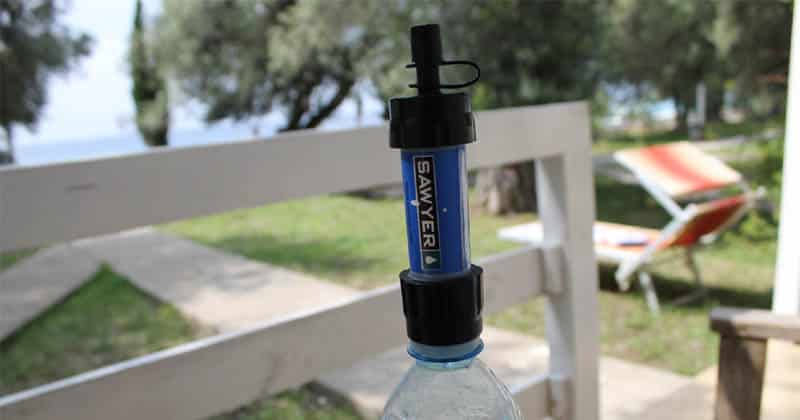
Verdict: Great budget pick, especially because you never have to buy replacement filters
- Ways to use: Straw, on bottle, squeeze
- Filter: 0.1 micron
- Removes: Bacteria, protozoa
- Weighs: 2oz
- Buy at: REI, Amazon
The Sawyer Mini is similar to the LifeStraw in that it can be used as a straw. However, you can also screw it onto a bottle or a pouch. That allows you to take dirty water with you. You can drink directly from the bottle/pouch, or squeeze it to get clean water for cooking.
I’ve been using the Sawyer Mini for about 6 years now. The SAME Sawyer Mini. Because it uses a hollow-fiber filter to trap contaminants, it can be used forever. No buying replacement filters ever!!! After 4 years, I did have to change the O-ring on the filter. But that’s it.
The Sawyer Mini is far from perfect. It has a very slow flow rate, doesn’t remove bad tastes, and will be ruined if it gets frozen. But, it is very cheap and much more practical than the LifeStraw.
2. Survival Filter Pro
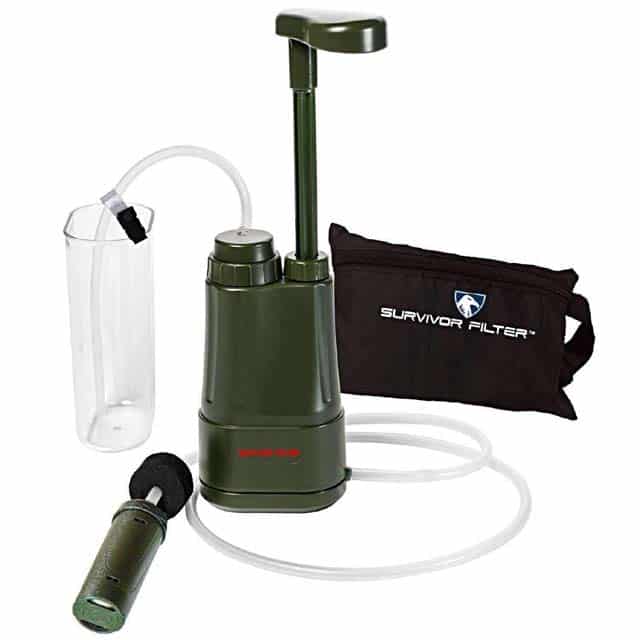
Verdict: Affordable filter that removes almost everything, but slow and heavy
- Ways to use: Pump
- Filter: 0.1 micron + activated carbon + 0.01 micron
- Removes: Bacteria, protozoa, heavy metals, chemicals, viruses
- Weighs: 12.8oz
- Buy at: Amazon
The Survival Filter Pro was designed for disaster preparedness (hence the cheesy name), but it is also suitable for outdoors, especially in areas where the water might be extra sketchy.
The filter uses a 3-part filtration system. The first filter is a 0.1 micron pre-filter. It has a lifespan of 100,000 liters. The second layer is activated carbon and only has a lifespan of about 2,000 liters. You can remove this filter from the system and it will still work, just won’t remove bad tastes and chemicals. The final filter is 0.01 micron, so removes viruses. It is effective to 100,000 liters.
The combination of these three filters means the Survival Filter Pro system removes almost everything you might find in contaminatedwater. It’s easy to use and pumping iseasier than squeezing (though they also make a squeeze-type filter akin to the Sawyer Mini which you can see here).
The major downsides are that this filter is heavy at 12.8oz and bulky. The plastic casing is pretty crappy. I can imagine it breaking easily while in the backcountry. It also is VERY SLOW. The flow rate (because of the 0.01 micron filter layer) is just 500ml per minute.
3. LifeStraw Squeeze
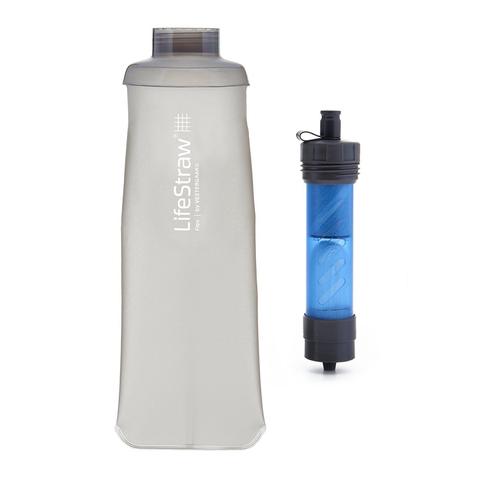
Verdict: Faster than the Sawyer Mini, but needs replacing after 500 gallons
- Ways to use: Straw, squeeze
- Filter: 0.2
- Removes: Bacteria, protozoa
- Weighs: 3.8oz
- Buy at: Amazon, REI
This technically isn’t a LifeStraw alternative because it’s made by the same company. But the Squeeze is much more versatile than the original LifeStraw.
To use the Squeeze, you fill up the bottle with dirty water, screw on the filter, and then squeeze out clean water. It can also be screwed onto plastic water bottles or put in water bladders. Basically, it works just like the Sawyer Mini.
The difference between the LifeStraw Peak Squeeze and Sawyer Mini is that the Peak is faster. However, it is also heavier and only lasts for 500 gallons.
Guess what? Did you know that I wrote a book?
It’s all about what to eat while backpacking, including tons of information about backpacking nutrition, meal planning, and over 50 ultralight recipes you can make on a dehydrator. Learn more here.
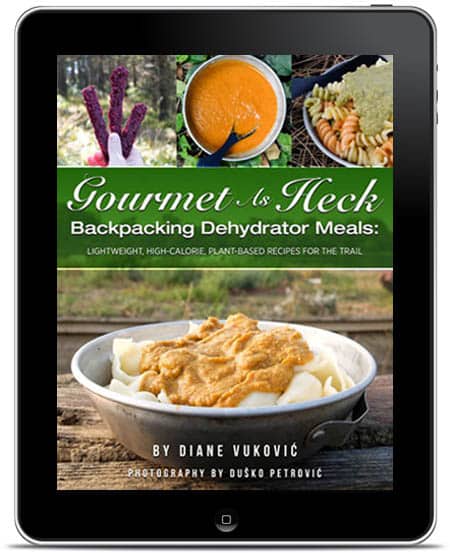


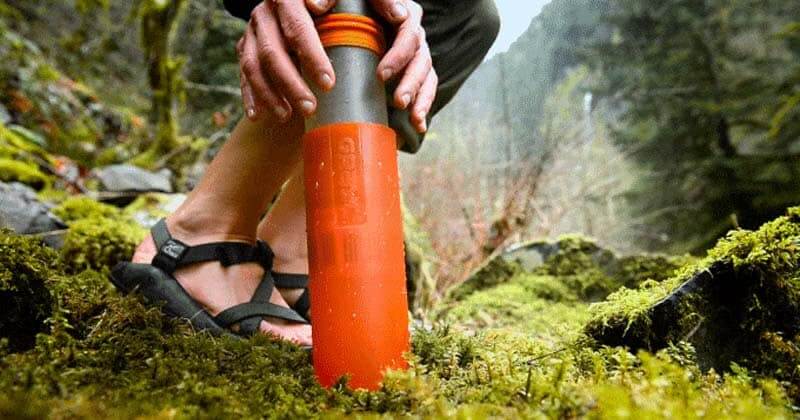

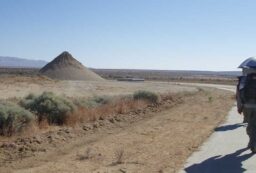
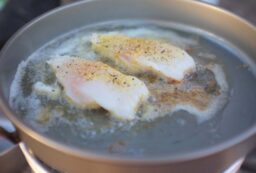







Post your comments